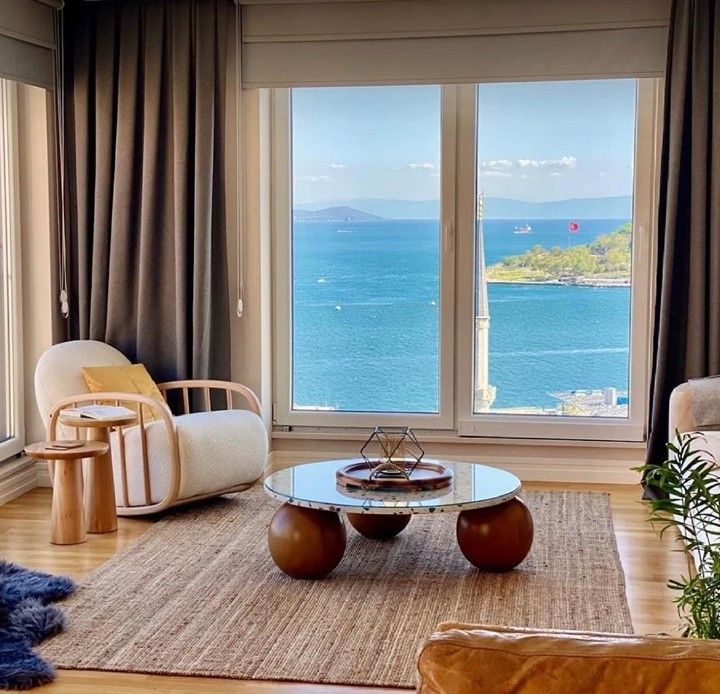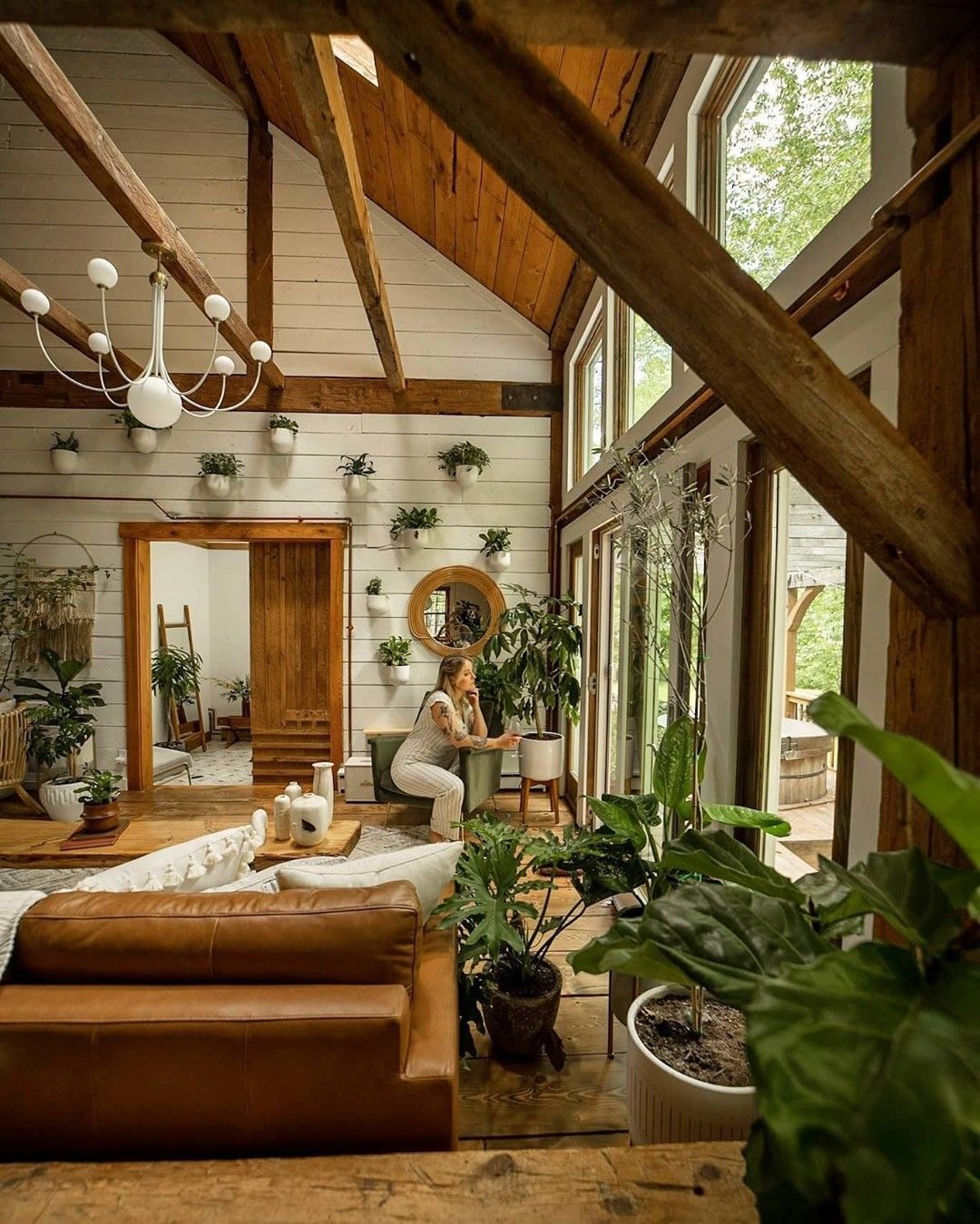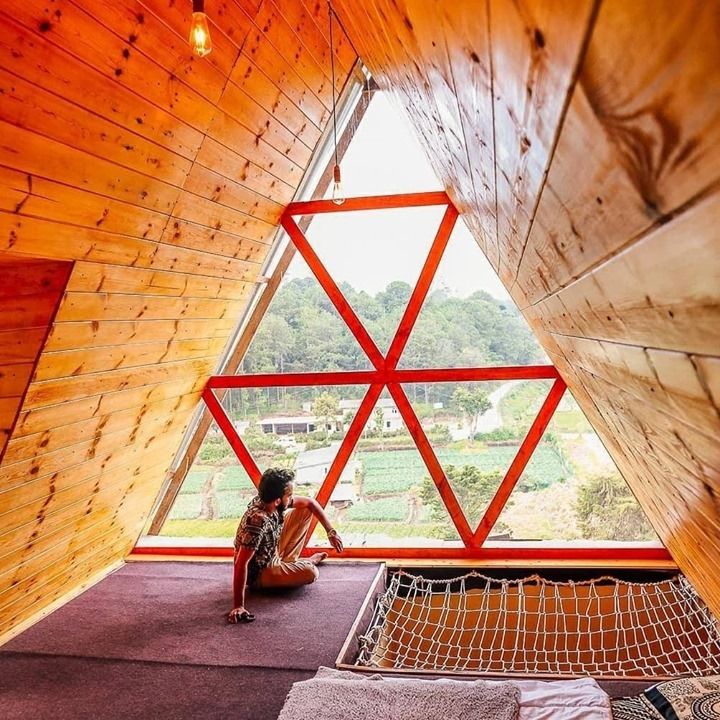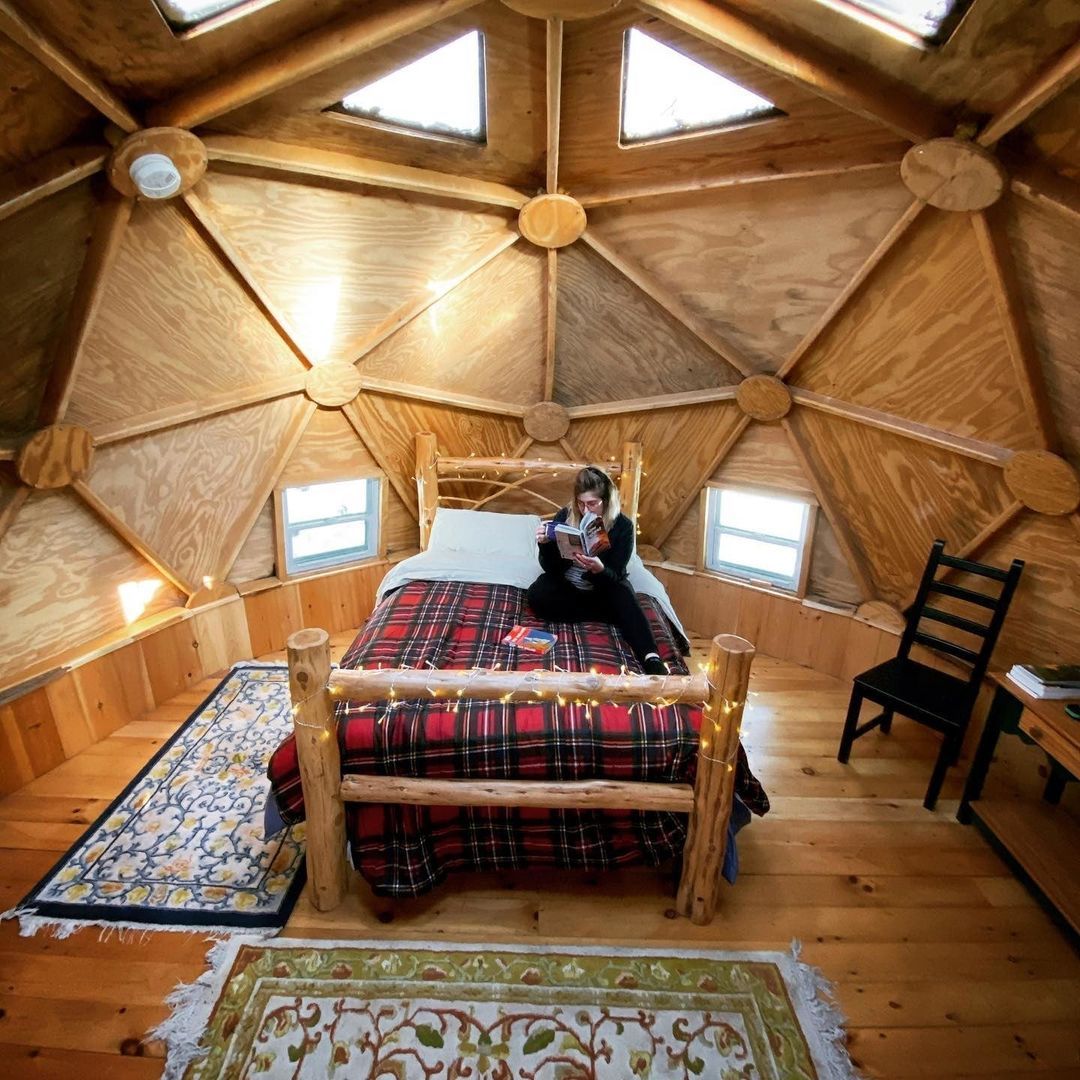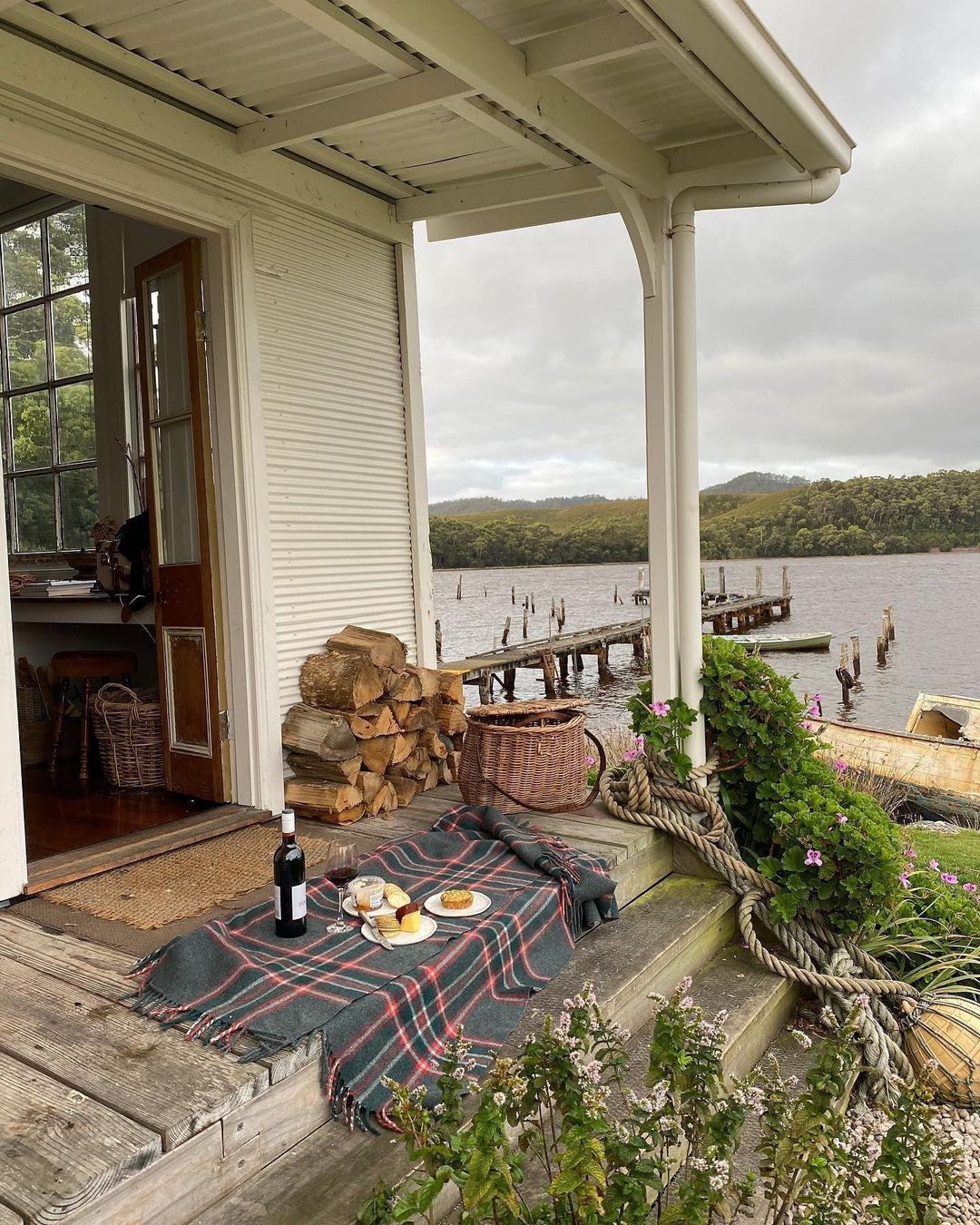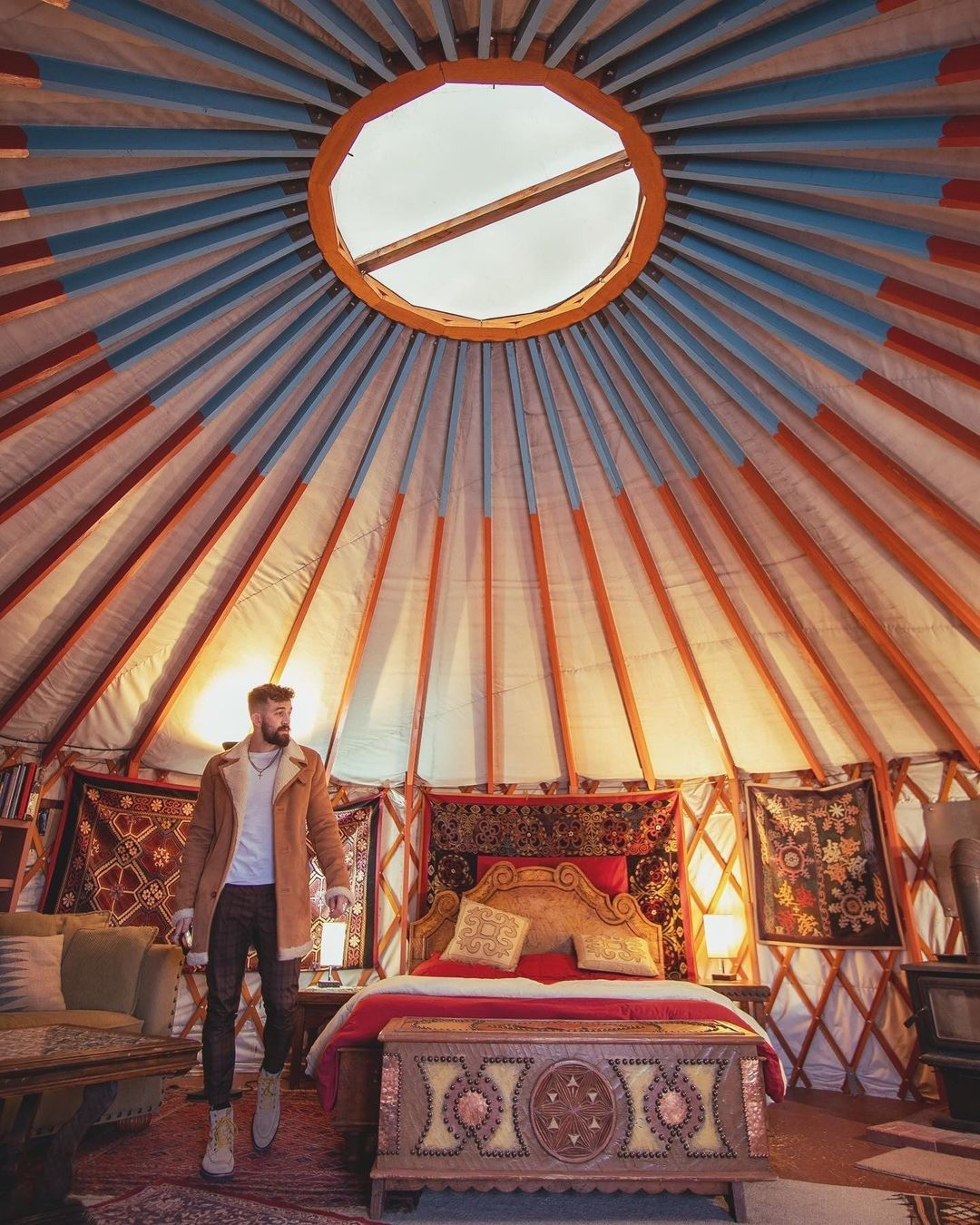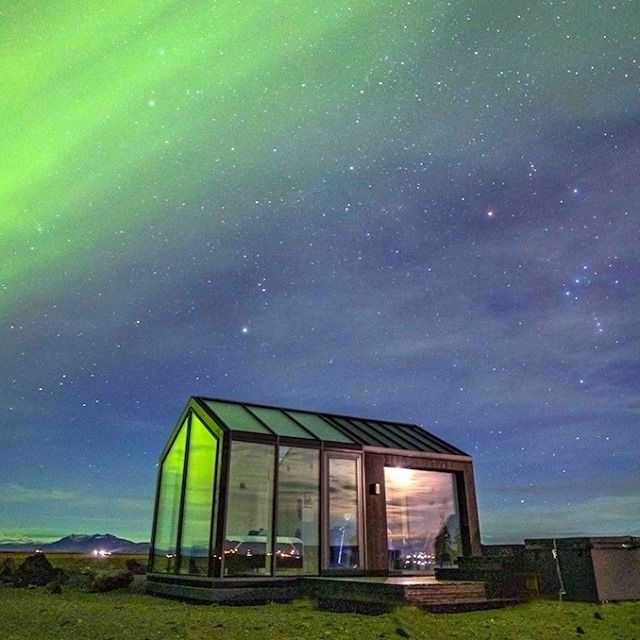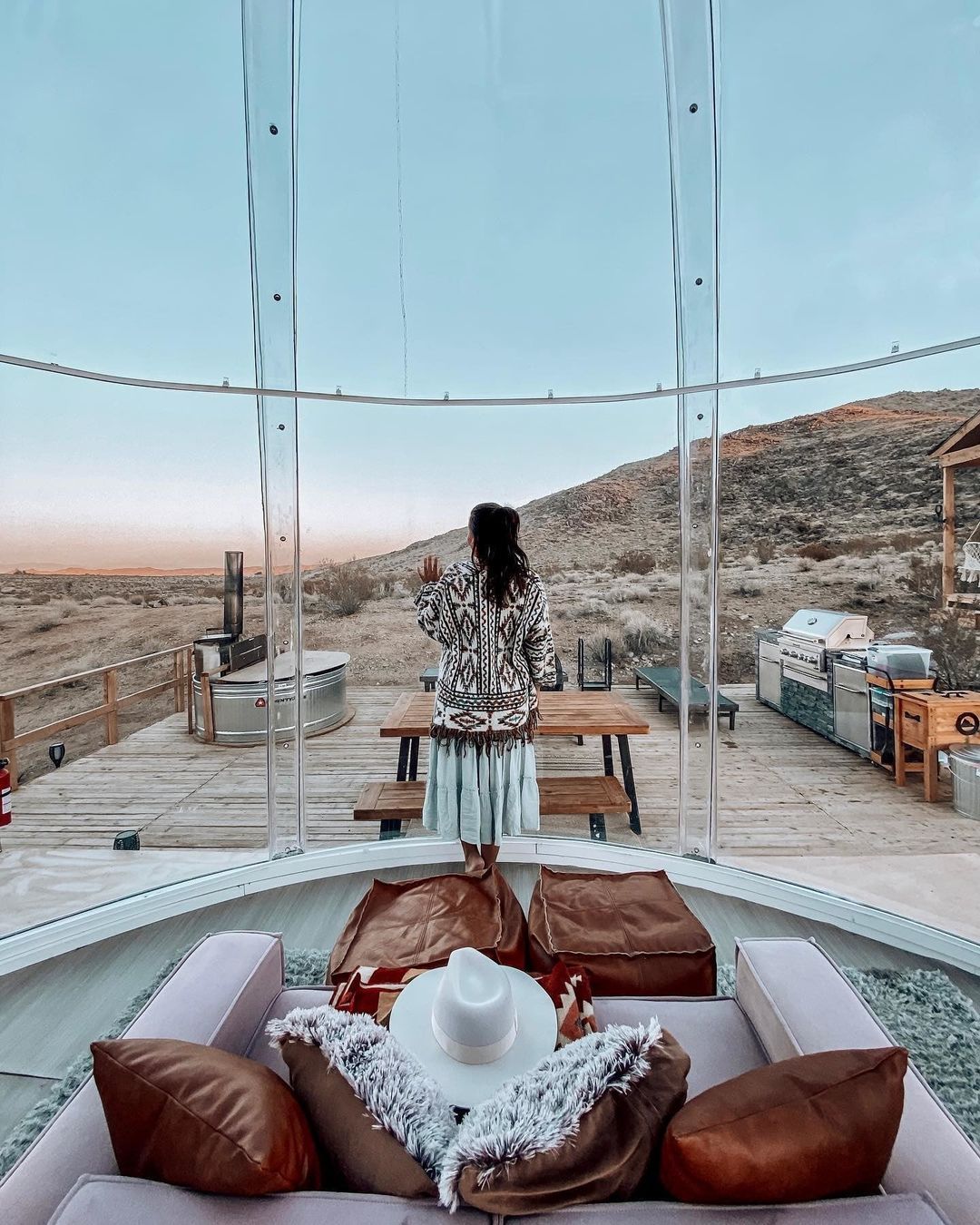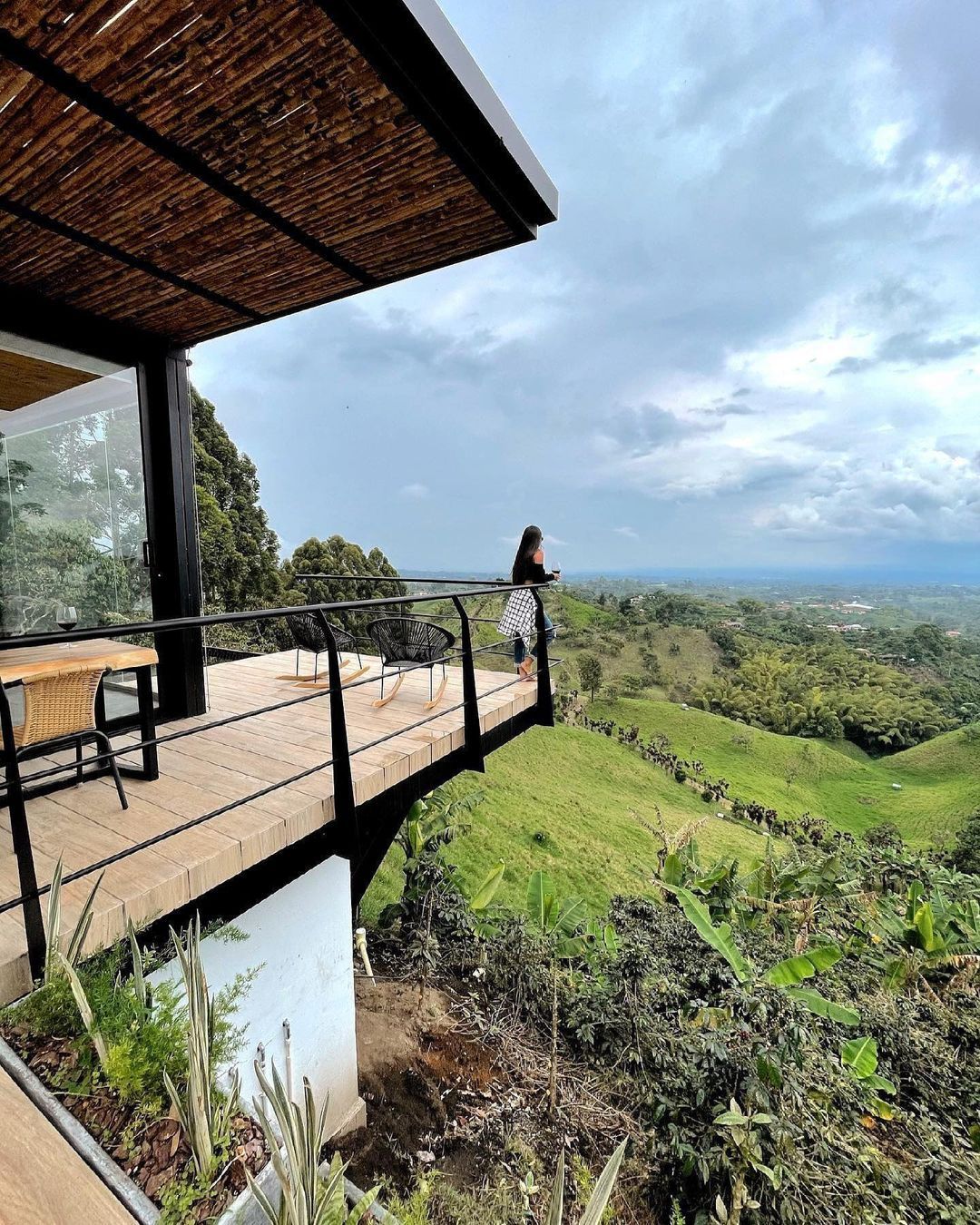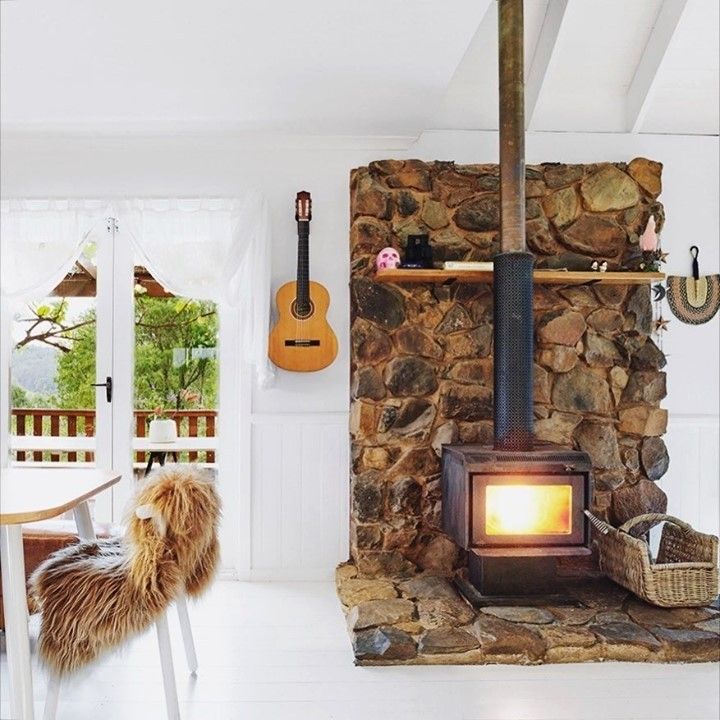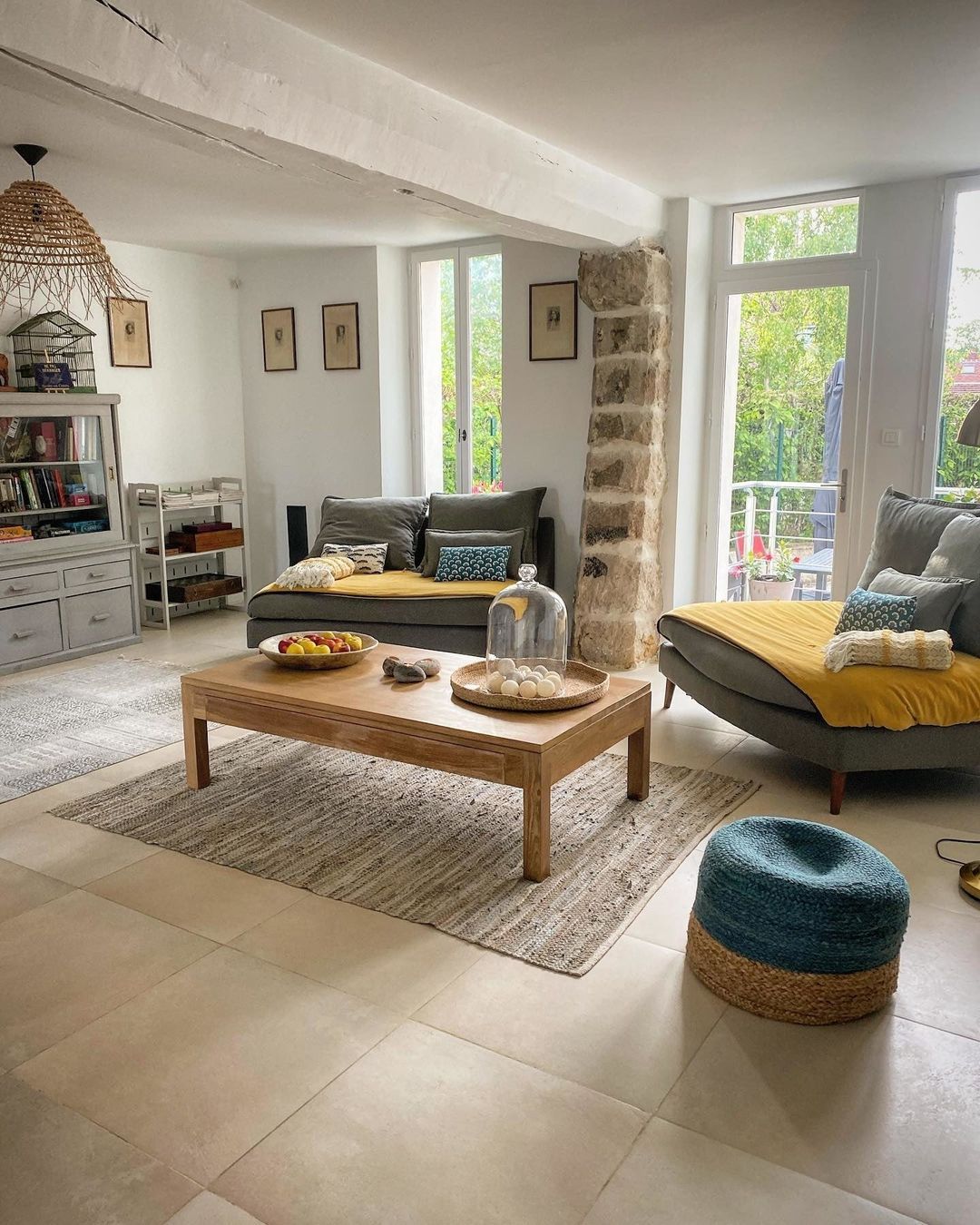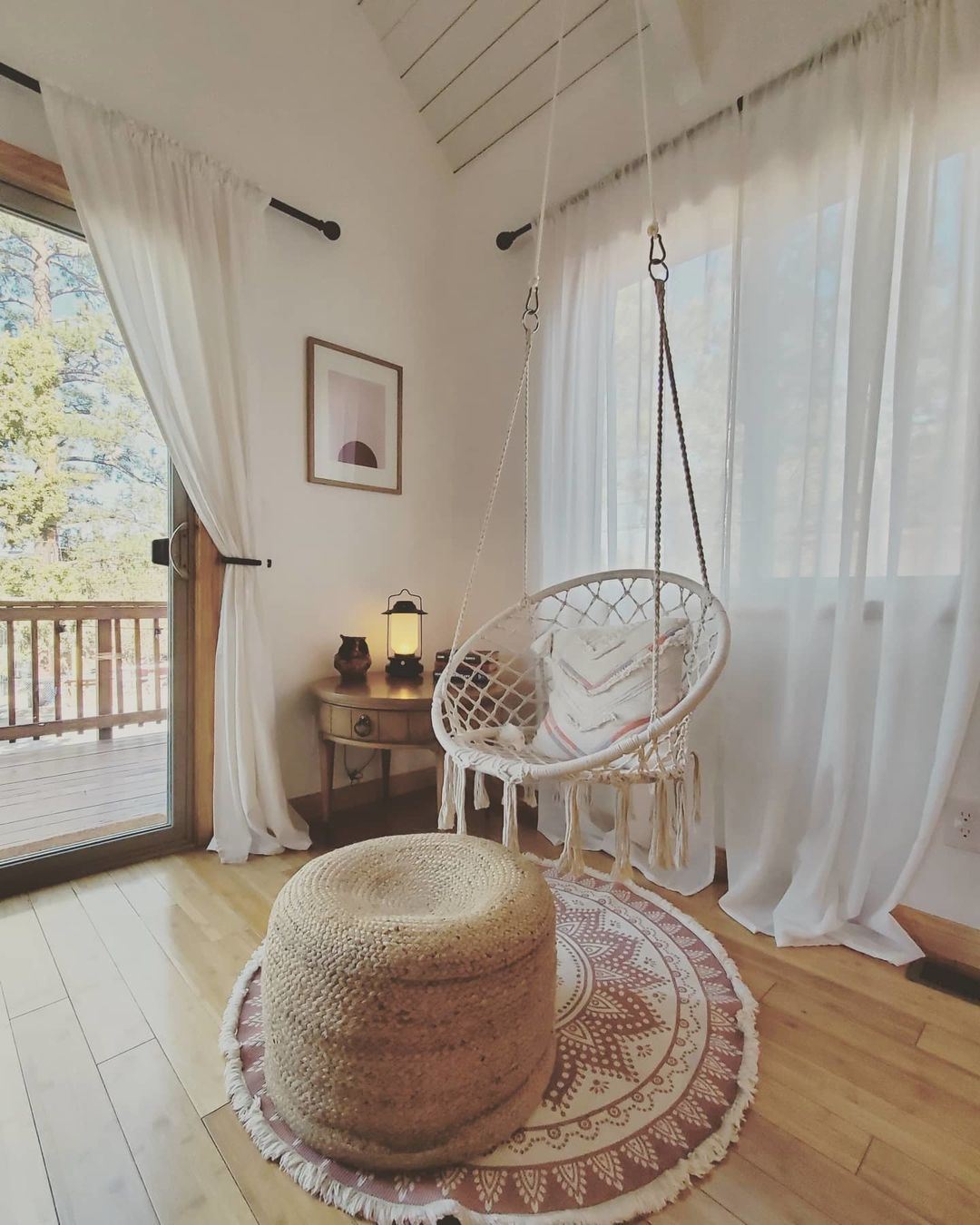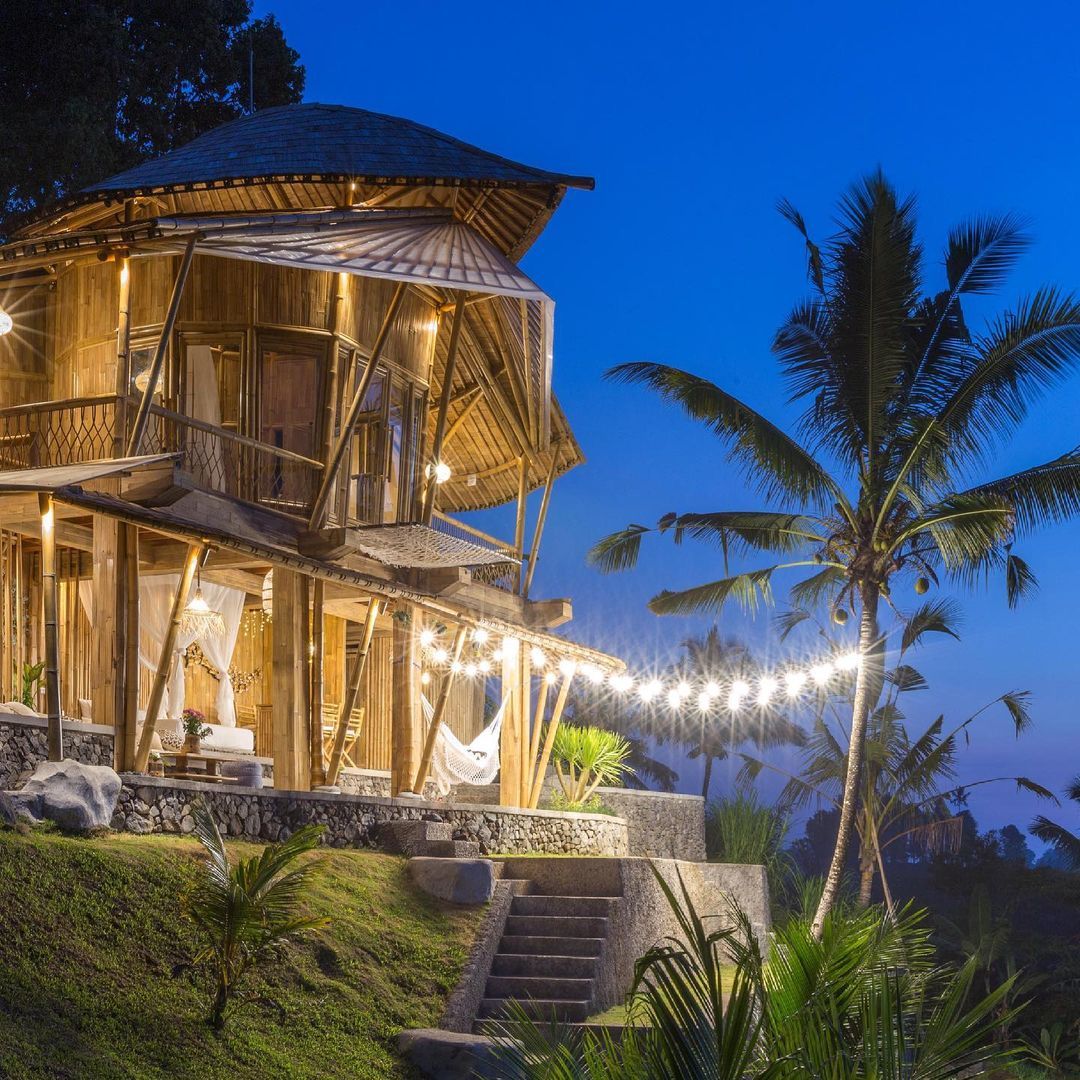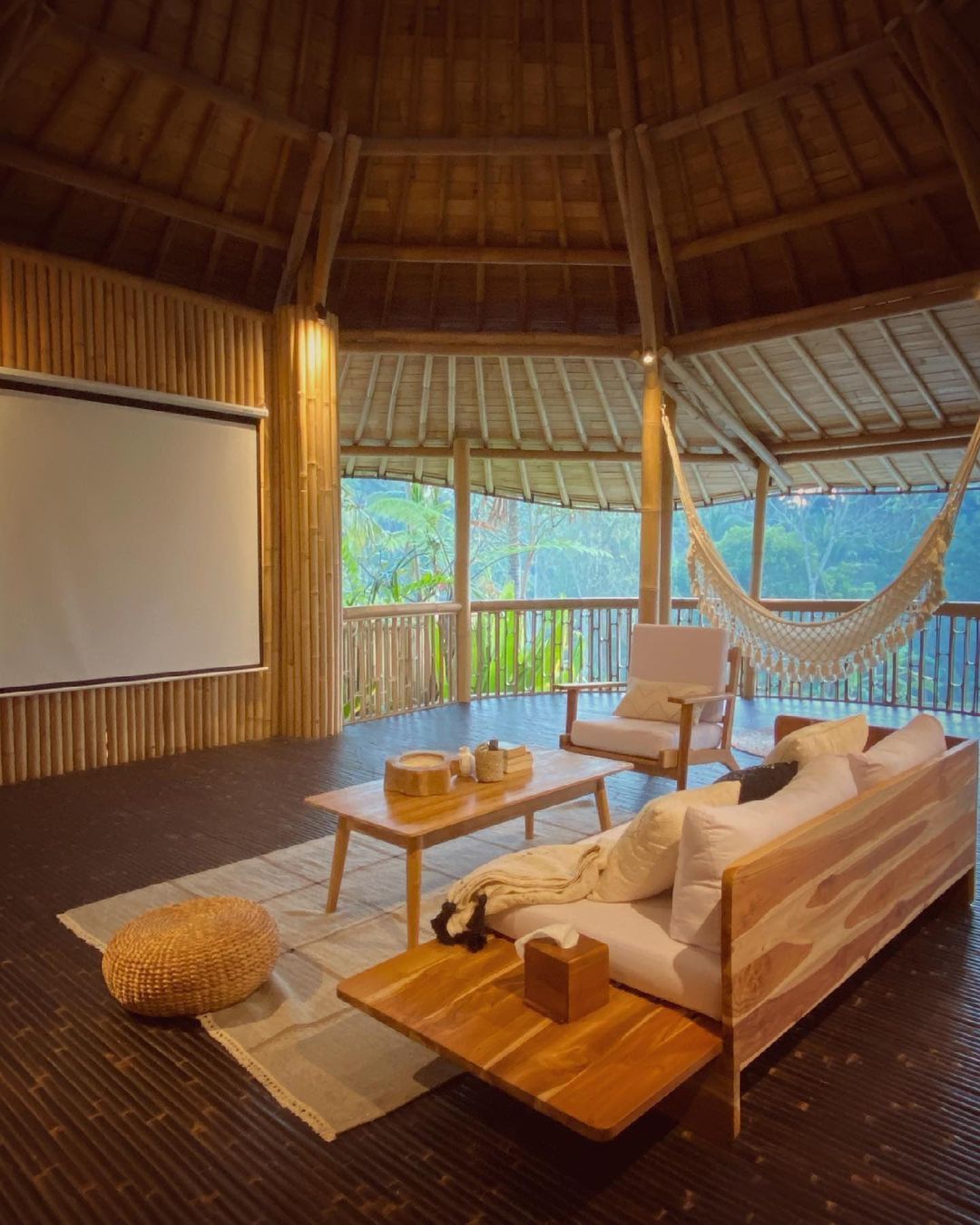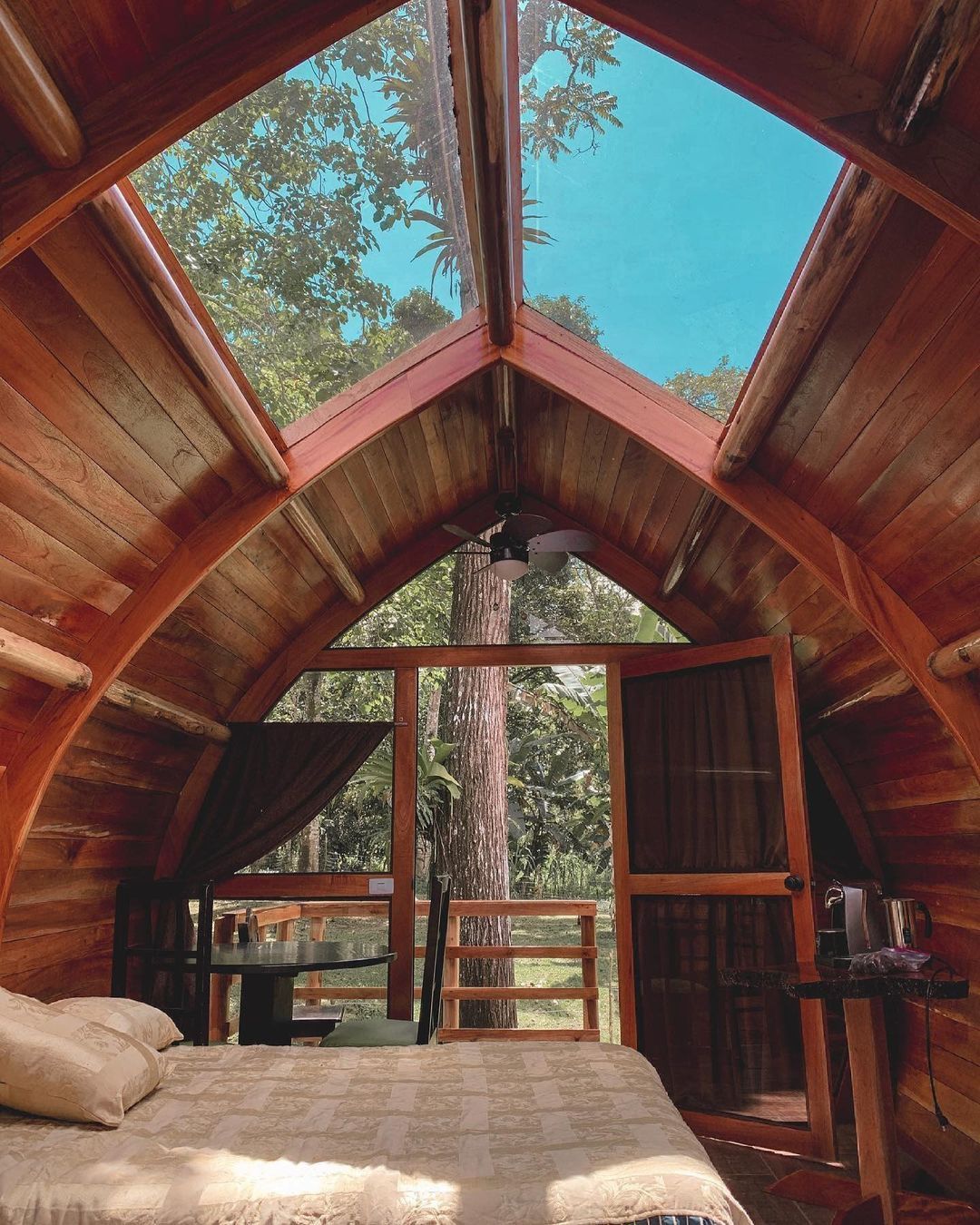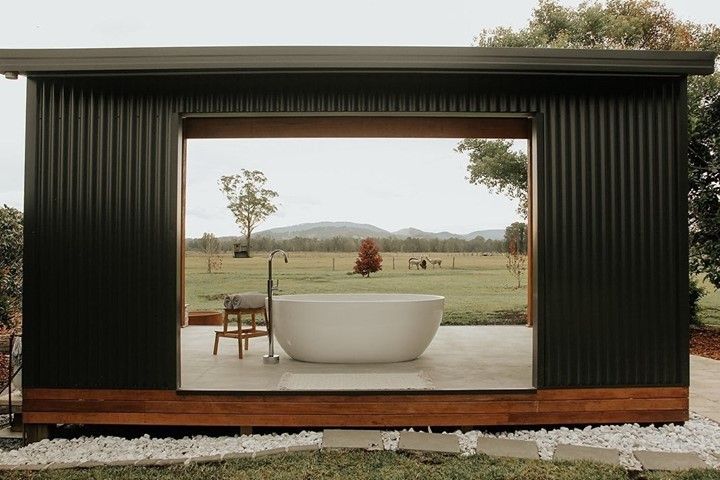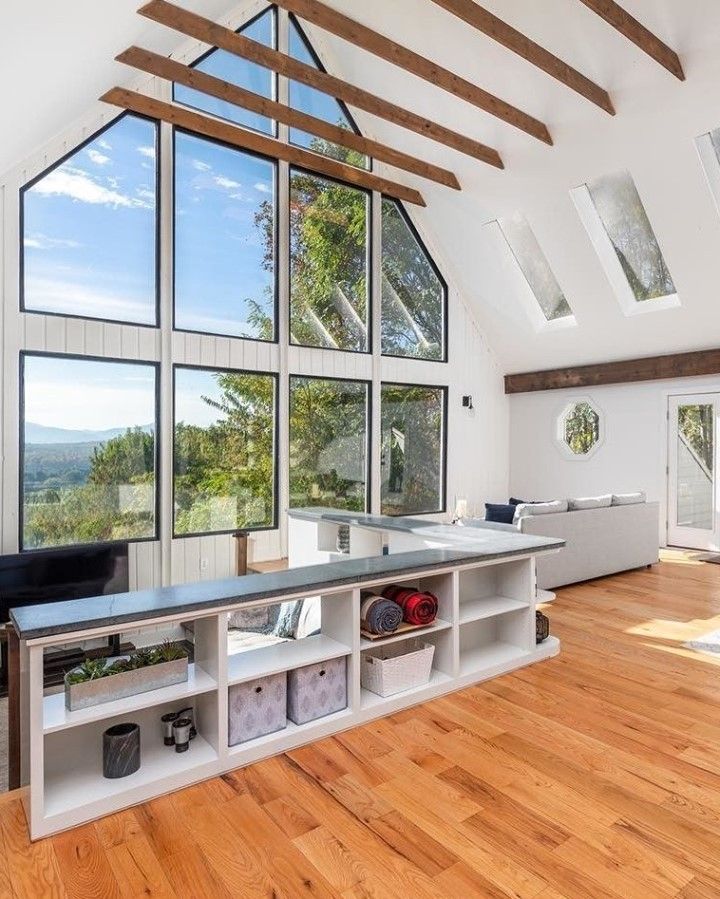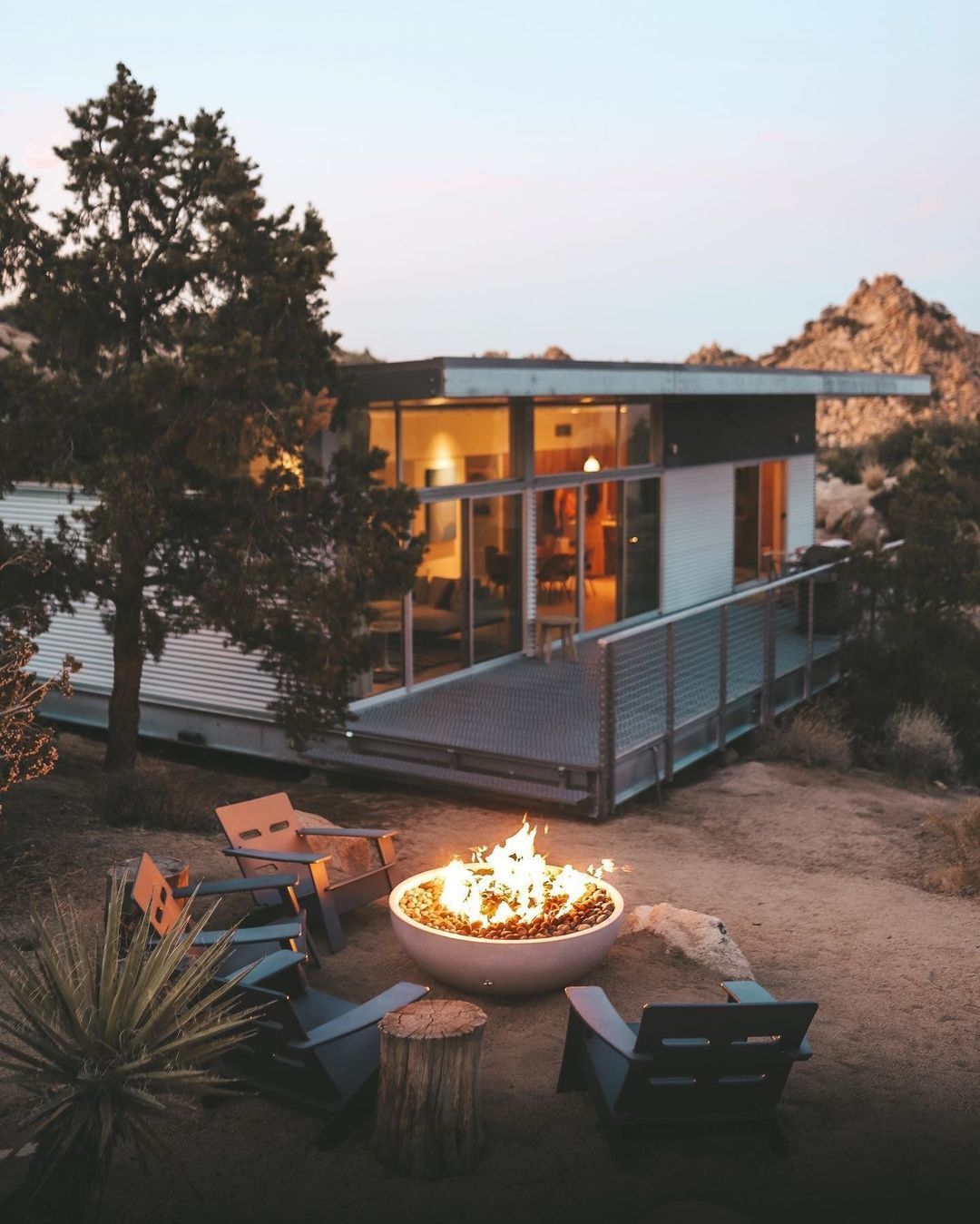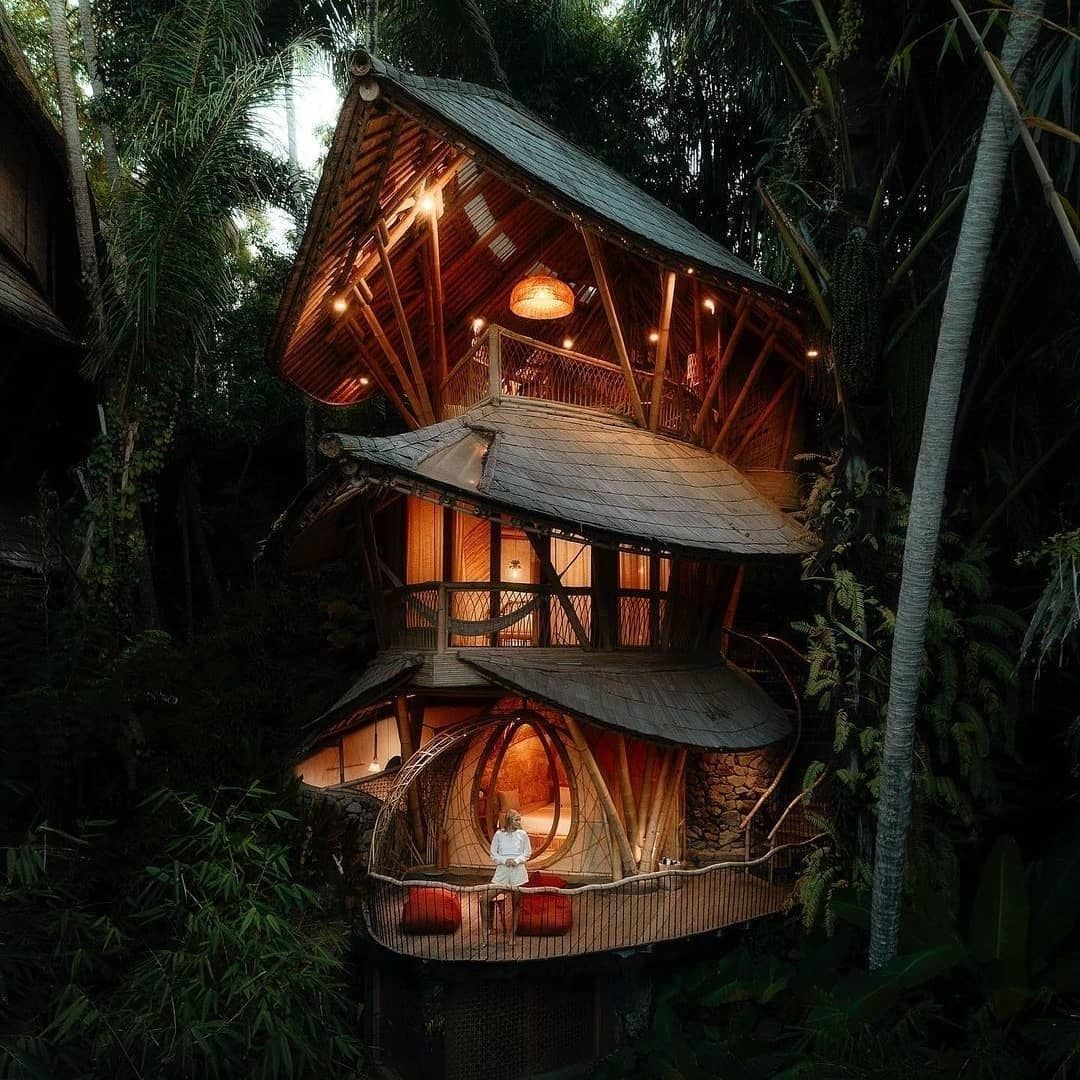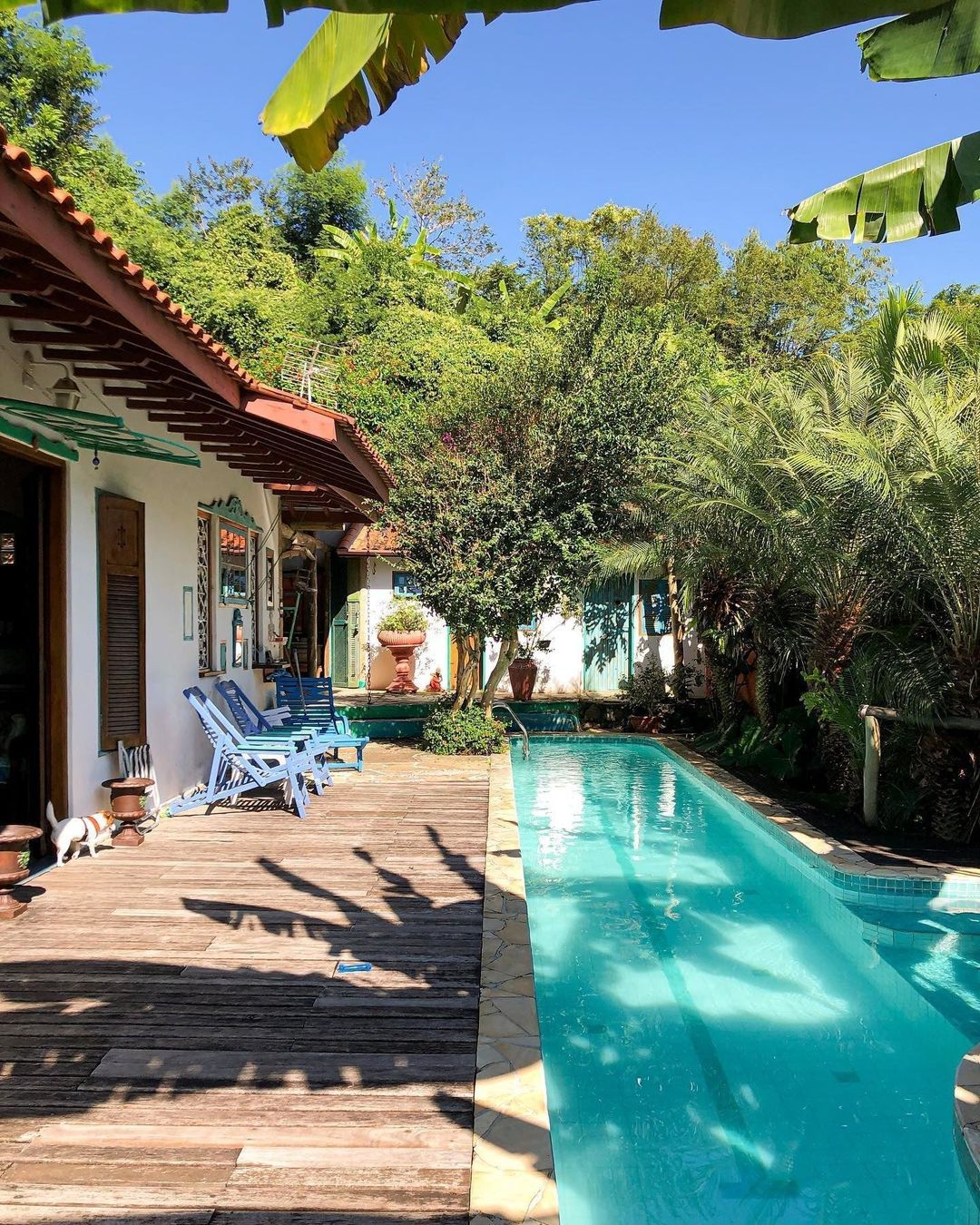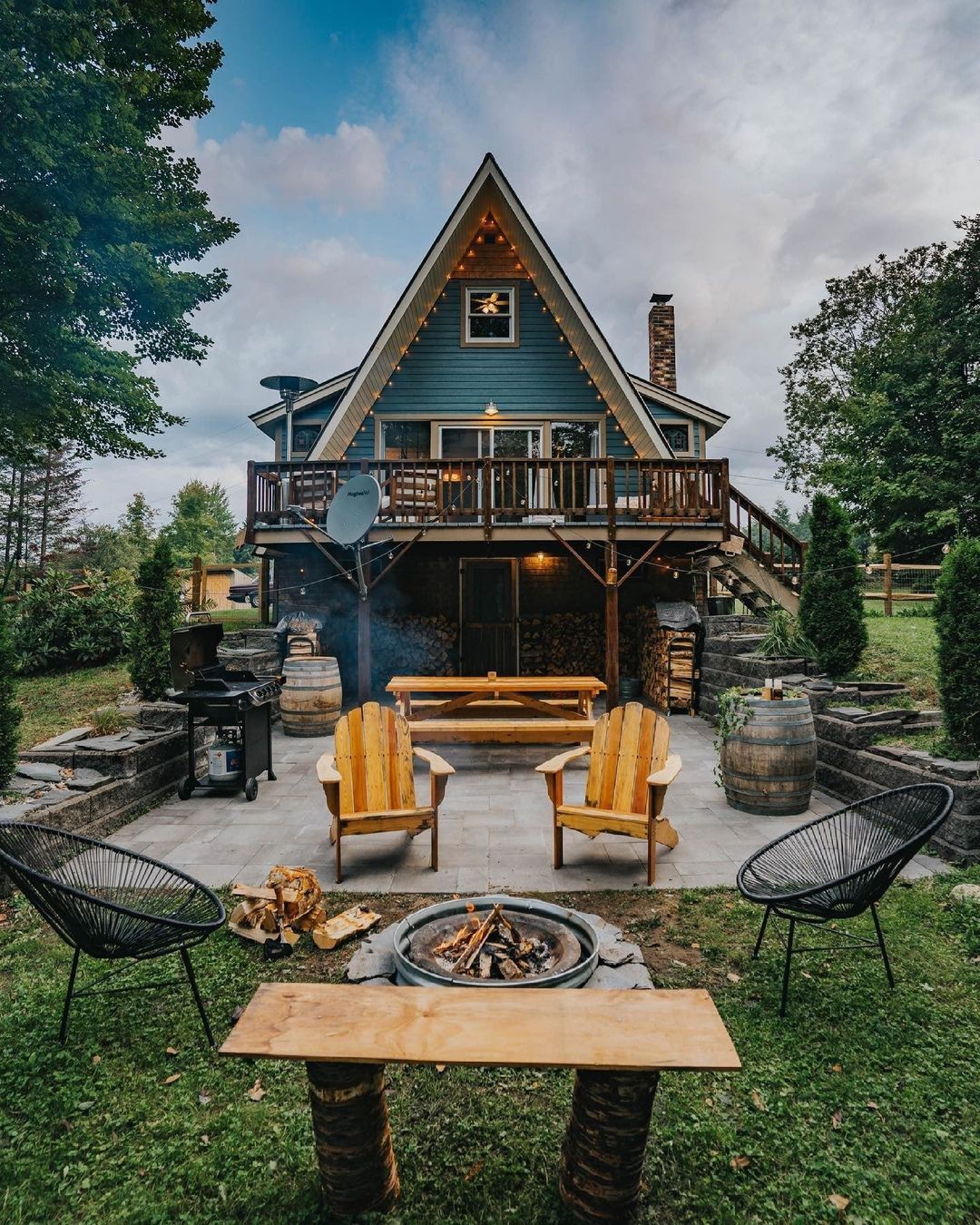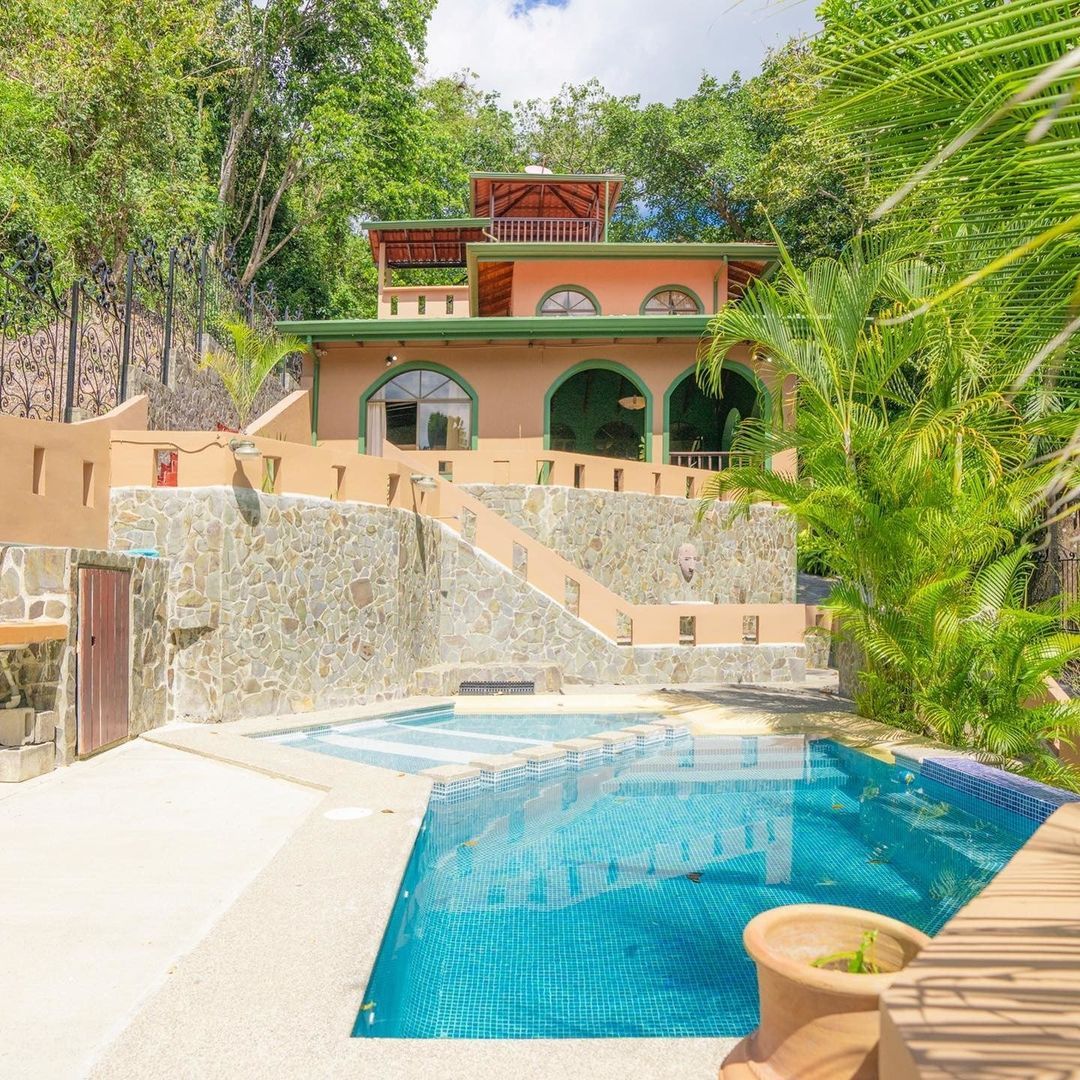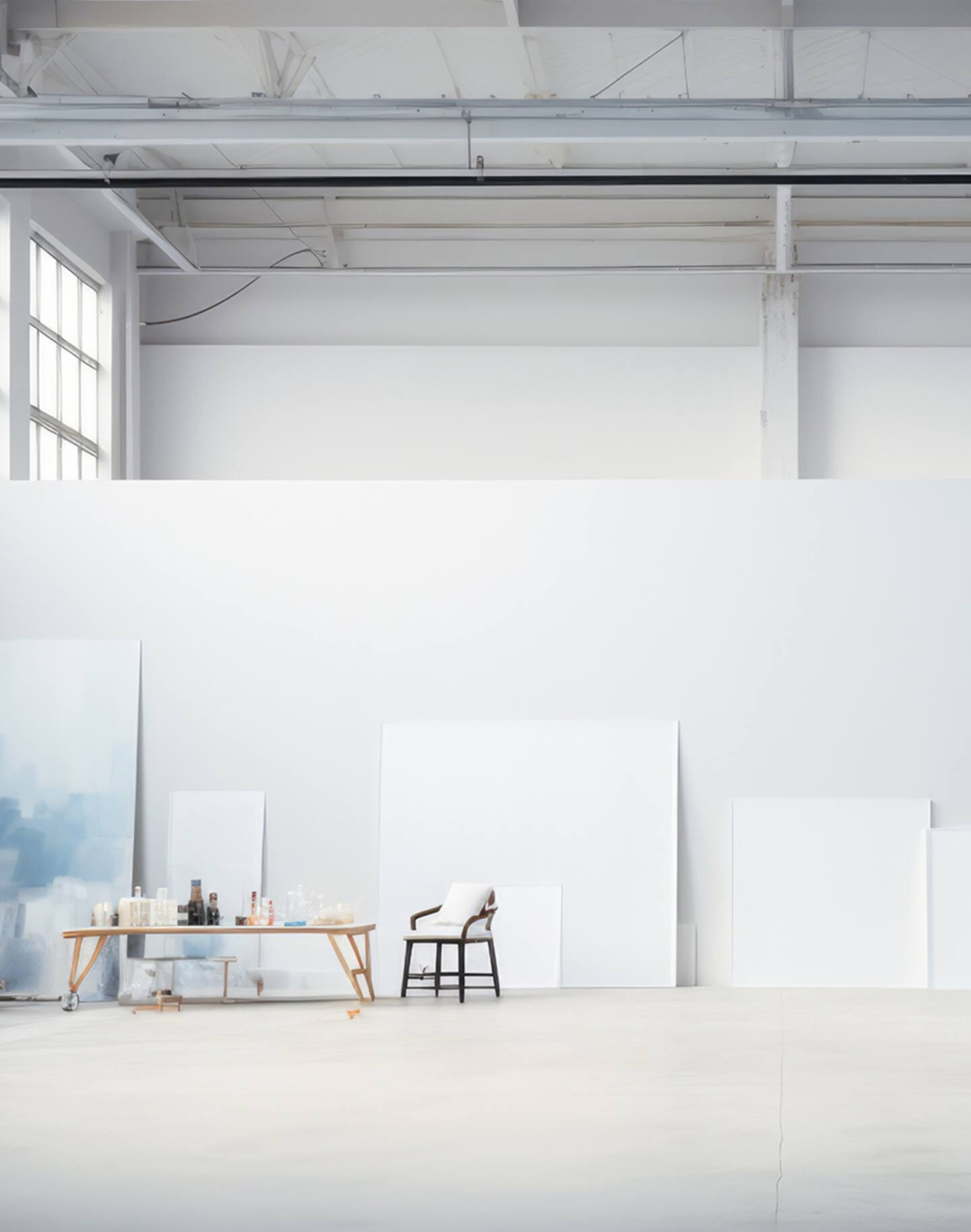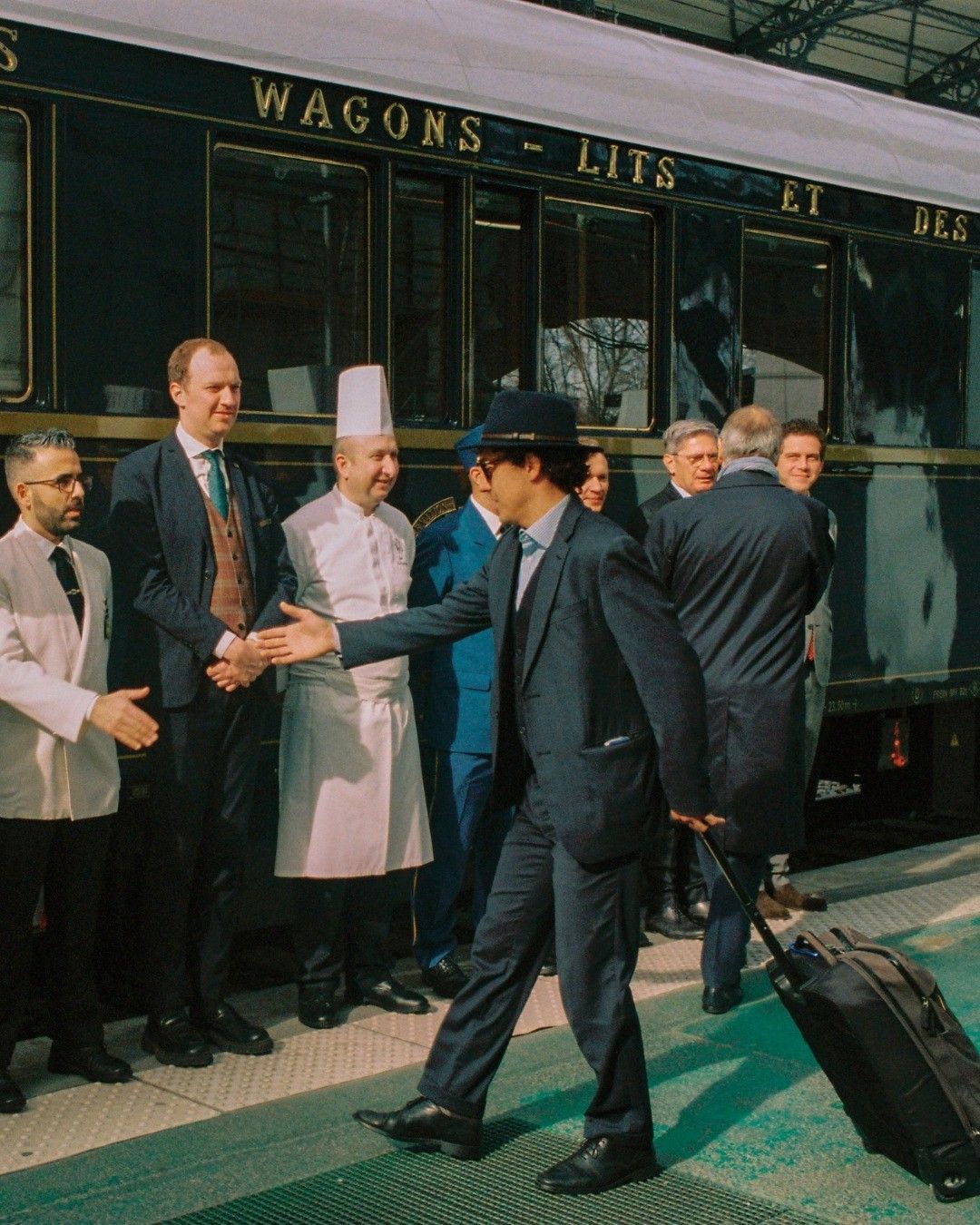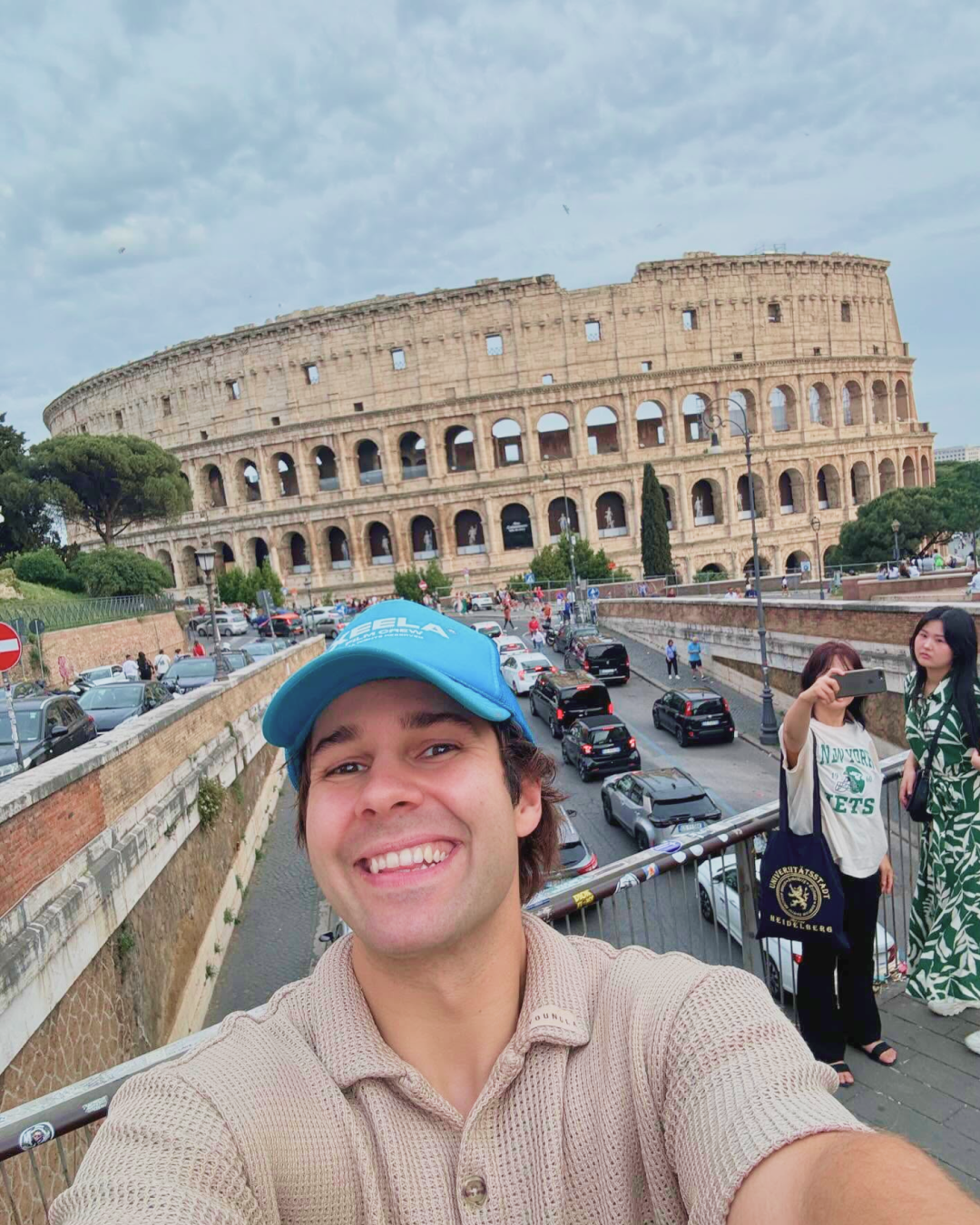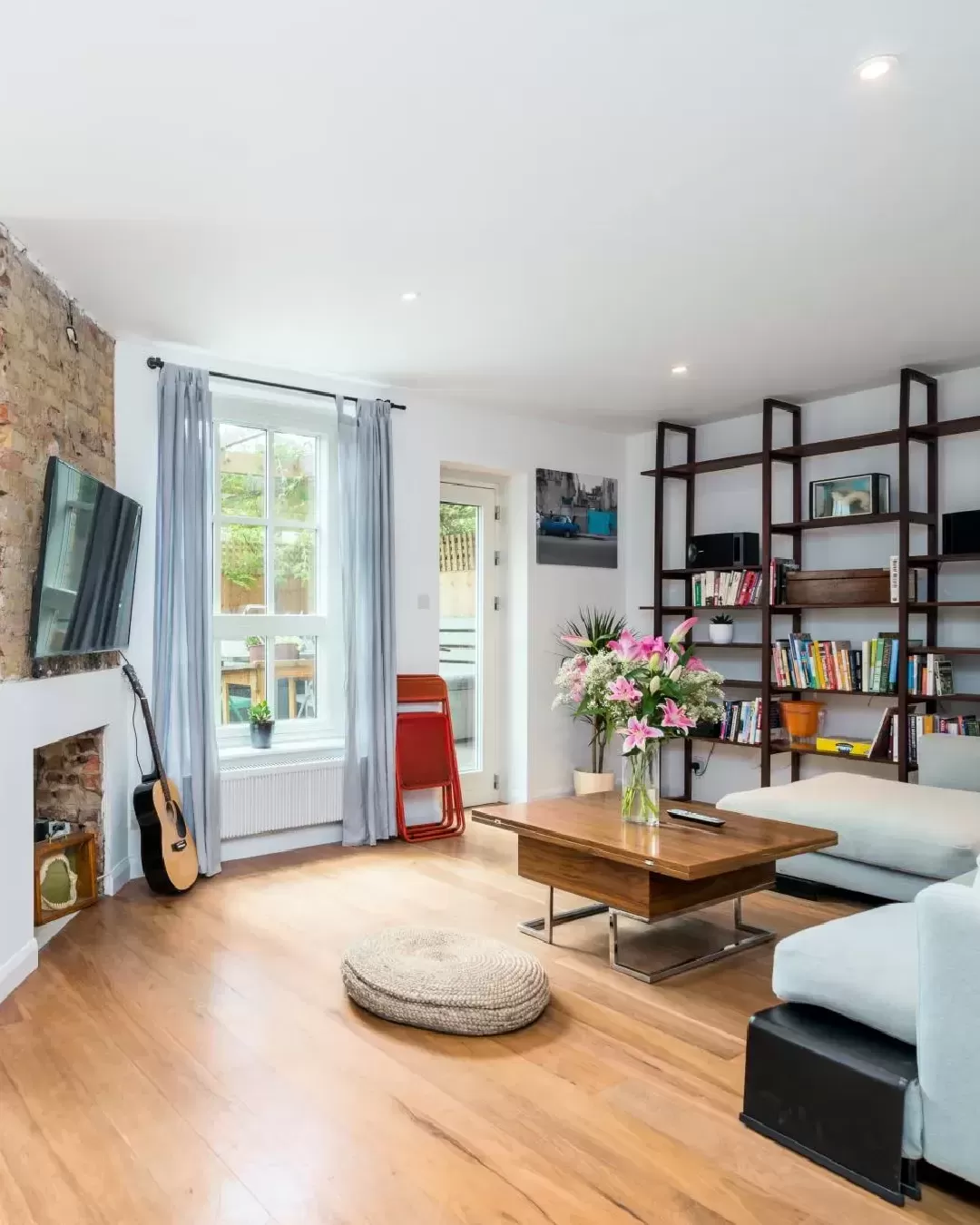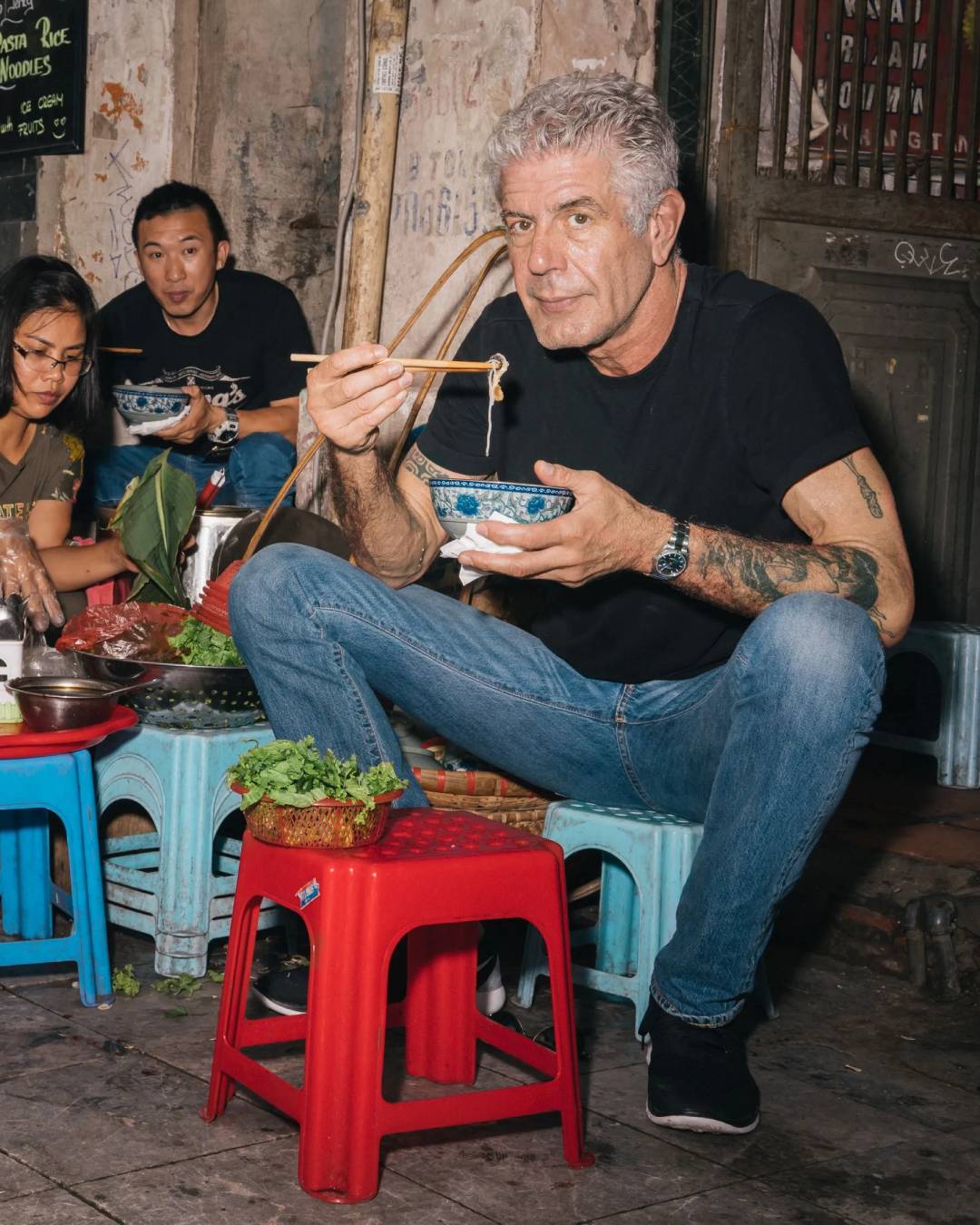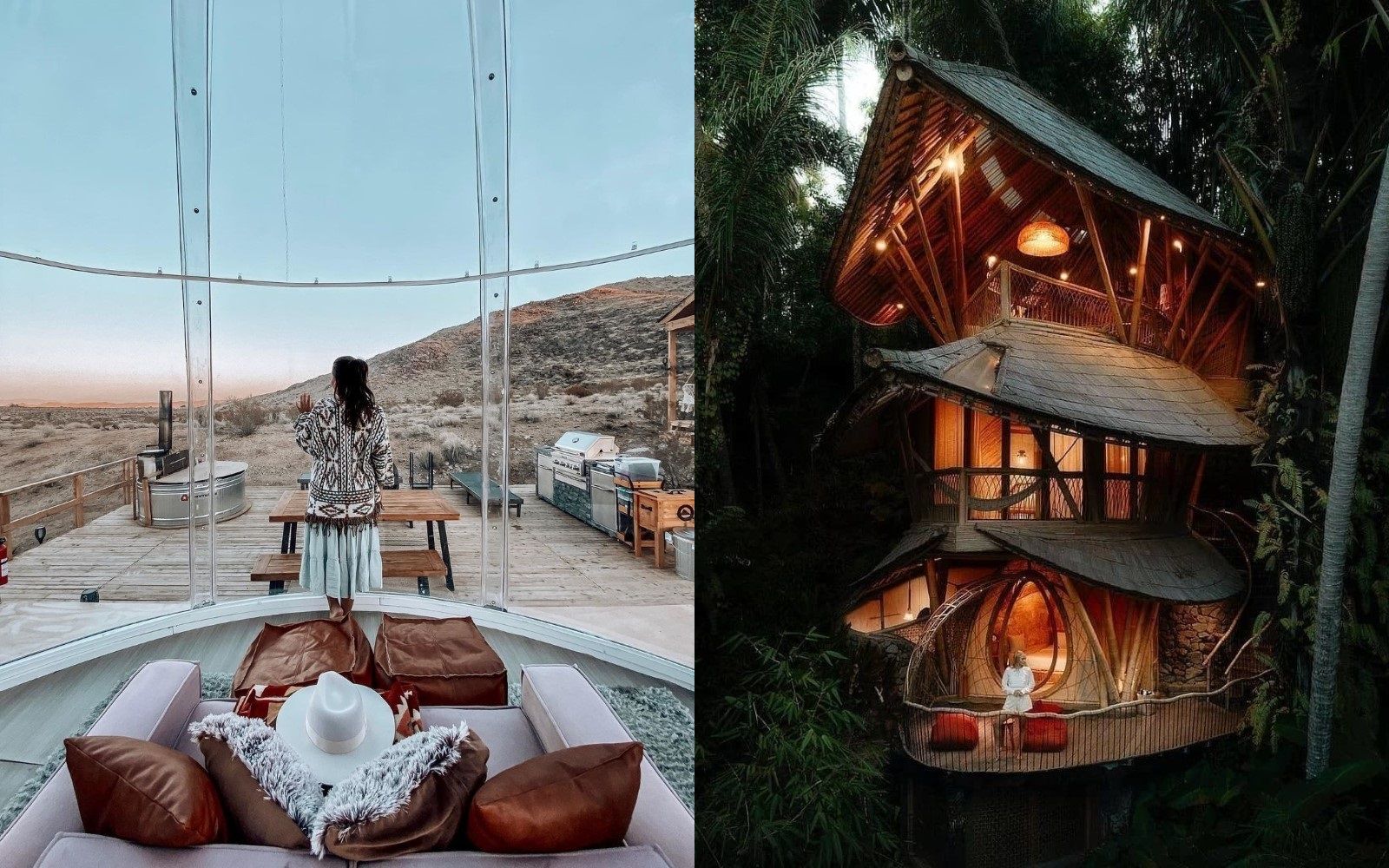
How Airbnb's aesthetic evolved after the pandemic «The home, not the location, has become the destination», said the company
Last year, many believed Airbnb would be killed by the pandemic, after a storm of cancelled bookings and the dismissal of 25% of employees. To attract customers, the company had focused on proximity tourism and on the exaltation of Mediterranean aesthetics – that is, all that imagery that imagines luxury as a return to nature, simple things and family situations, especially if near spectacular sea views, sun-kissed countryside and pergolas full of flowers. And so seaside towns, lawn breakfasts and beach chalets had replaced photos of immaculate city apartments furnished with minimalist Swedish furniture – an aesthetic that made the brand's Instagram profile look like an Ikea catalog. Today, a year after the difficult summer of 2020, there has been a new turning point: colorful villas in Costa Rica, stained glass windows that open wide over the Californian desert, explorer's tents among the rocks of Utah, designer bungalows immersed in Hawaiian nature, Vermont farms surrounded by grazing cows, mountain cottages and grandiose bamboo houses in the rainforest. Compared to last year, a sense of wanderlust and wonder has returned, of escapism from normality – if before Airbnb's Instagram resembled an Ikea catalog, now it looks like a Tumblr moodboard page.
The shift of the focus towards dream houses immersed in nature reflects both the newfound momentum of the international tourism industry and the evolution of tourists' tastes. As the company wrote in one of its reports, in correspondence with the reopening of borders and travel, «the volume of searches on Airbnb by people in EU member states looking for cross-border stays within the bloc increased by up to 31 percent compared to the same period in 2019»; with half of the proposed new homes booked within four days and, in the second half of last May, «the highest total volume of searches by people from European Member States for all stays on Airbnb within the bloc since the pandemic began». If in the past the majority of travelers were small groups of people who visited the cities, today the majority is made up of families who move from the city to the outdoors. The percentage of trips to rural destinations accounted for 10% of Airbnb bookings in 2015 – today this number has doubled, tripling in some cases to 48% in the UK and 45% in France.
As for the trends of tourist flows, research in Europe has focused on coastal cities and rural places, with a strong emphasis on the importance attached to homes. «The home, not the location, has become the destination. Two years ago, home sharing was seen as alternative accommodation. Today, it is a bellwether for all of travel», writes the brand in its Report on Travel & Living, highlighting a shift from the destinations sought compared to 2019: from Paris to the Provencal coast, from Rome to Sardinia, from Berlin to the Baltic coasts and so on. In addition, searches for "unique homes" grew by 94% compared to 2019 – a trend that perfectly explains the new aesthetic direction taken by the brand's Instagram account. Another noteworthy element is that in a good part of the photos published by the company, the houses appear inhabited, with people bathing or sitting on the sofa, almost accentuating the sense of the experience of those who live inside them and in relation to their scenario.
In the post-pandemic world, the boundaries between traveling and living have been canceled, even the average duration of stays has slightly increased, but above all the domestic environment, becoming the real destination of the trip, has returned to being aspirational: being able to enjoy a spectacular view of the Colombian jungle from the top of a large balcony, visit an organic farm with designer bungalows, bathe in a pavilion open to the meadows of Australia, stroll through the rows of olive trees on the hills of Saturnia but also watch the sunset over the desert inside a transparent tent-dome or observe the northern lights in Iceland through a glass roof. The feeling of aesthetically satisfying calm, of domestic quiet, of unique experiences in contact with nature are the new luxury, which replaces the somewhat claustrophobic opulence of hotels with a more intimate, comfortable and personal type of experience.










































